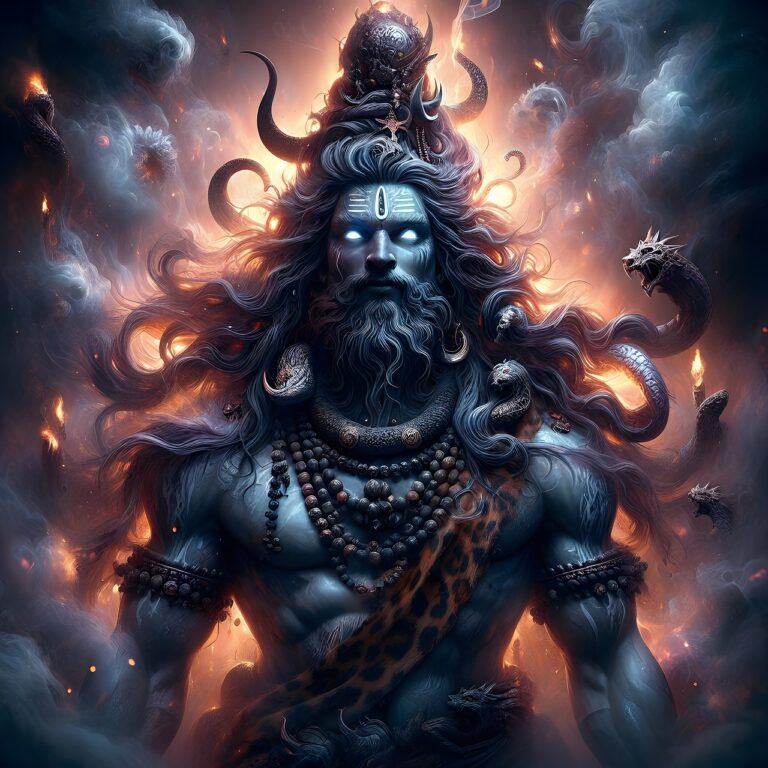The Influence of YouTube on Media Consumption Habits
Video content platforms have seen a significant surge in popularity in recent years, revolutionizing the way we consume media. With the advent of platforms like YouTube, Netflix, and TikTok, users now have a plethora of options to watch, create, and share videos online. These platforms have not only democratized content creation but have also provided a platform for individuals and businesses to reach a global audience.
The rise of video content platforms has also transformed the entertainment industry, leading to the emergence of new stars and influencers who have gained immense popularity through their videos. With the ability to engage viewers through visual and auditory stimulation, video content has become a preferred choice for many users looking for entertainment, education, and information. The accessibility and convenience offered by these platforms have made them a dominant force in the digital landscape, shaping the way we consume and interact with media.
The Shift towards On-Demand Viewing
With the increasing popularity of on-demand viewing, traditional television networks are facing a significant shift in how audiences consume content. Viewers no longer need to adhere to fixed broadcast schedules, as platforms like Netflix, Hulu, and Amazon Prime offer a vast library of shows and movies that can be accessed at any time. This shift towards on-demand viewing has provided consumers with unprecedented control over their viewing experience, allowing them to watch what they want, when they want.
Moreover, the rise of on-demand viewing has also revolutionized the way content creators produce and distribute their work. Streaming services have opened up new avenues for filmmakers, writers, and artists to showcase their projects to a global audience without the constraints of traditional distribution channels. This democratization of content has led to a diverse range of voices and stories being heard, ultimately shaping the landscape of entertainment in a more inclusive and accessible way.
Changing Trends in Advertising Strategies
In the landscape of evolving advertising strategies, companies are increasingly shifting their focus towards digital platforms. With the rise of video content platforms such as YouTube and TikTok, brands are finding new avenues to reach their target audiences in a more engaging and interactive way. The traditional methods of advertising through television and print media are being supplemented, if not replaced, by these online platforms that offer more personalized and targeted advertising options.
Moreover, the trend towards on-demand viewing has also influenced advertising strategies. As viewers increasingly opt for streaming services like Netflix and Hulu, advertisers are adapting their approaches to reach consumers during their chosen viewing times. This has led to a surge in product placements, influencer partnerships, and native advertising as brands seek to seamlessly integrate their messages into the content that viewers are consuming.
What are some popular video content platforms that advertisers are utilizing?
Some popular video content platforms that advertisers are utilizing include YouTube, Instagram, Facebook, and TikTok.
Why are advertisers shifting towards on-demand viewing?
Advertisers are shifting towards on-demand viewing because it allows them to reach a more targeted audience and provides better opportunities for engagement.
How can advertisers adapt to changing trends in advertising strategies?
Advertisers can adapt to changing trends in advertising strategies by staying updated on industry developments, experimenting with new platforms and formats, and analyzing data to measure the effectiveness of their campaigns.







